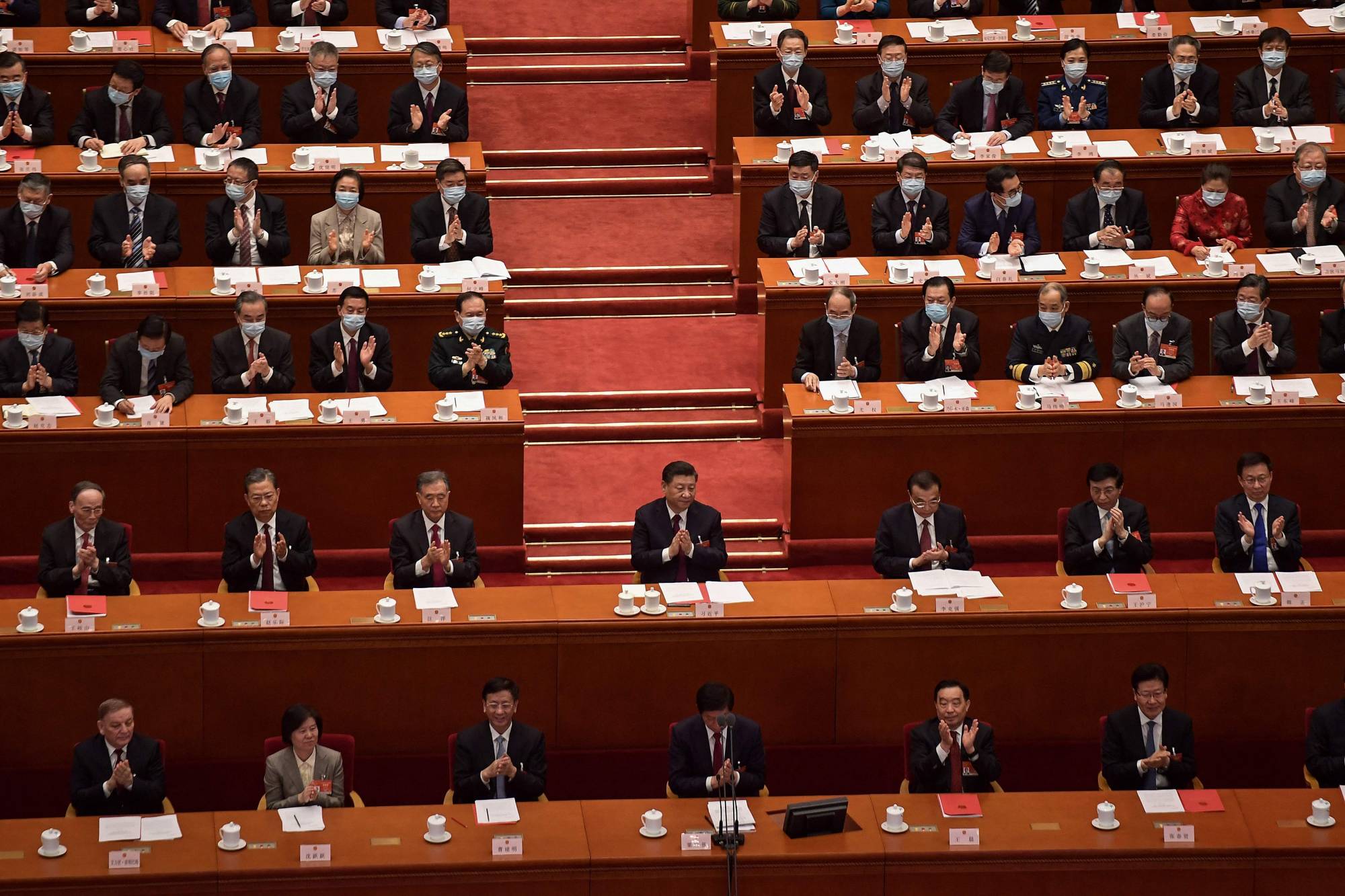This year’s meeting of China’s legislature, the National People’s Congress, was one of the most important in recent times. China is facing its most hostile external environment in decades, with a growing number of countries pushing back against its political repression and coercive diplomacy. And the imperative of reshaping its economic-development model is more urgent than ever. While China’s leaders now shun all mention of the so-called middle-income trap, their determination to avoid this looming threat is clear.
To meet the challenges ahead, China is banking on its 14th Five-Year Plan, which was officially approved at the recent meeting. The plan is supposed to ensure that China is on track to meet its grandiose longer-term goal, also affirmed at the meeting, of becoming a “modernized socialist country” — with an OECD-level per capita income — by 2035.
The phrase “Five-Year Plan” might conjure thoughts of production targets and coal, steel or grain quotas. But China hasn’t issued that kind of document in more than 20 years. Running over 140 pages, the 14th Five-Year Plan comprises a broad set of economic, social, technological and environmental objectives and targets, intended to shape the behavior of local governments, enterprises, institutions and citizens.



















With your current subscription plan you can comment on stories. However, before writing your first comment, please create a display name in the Profile section of your subscriber account page.